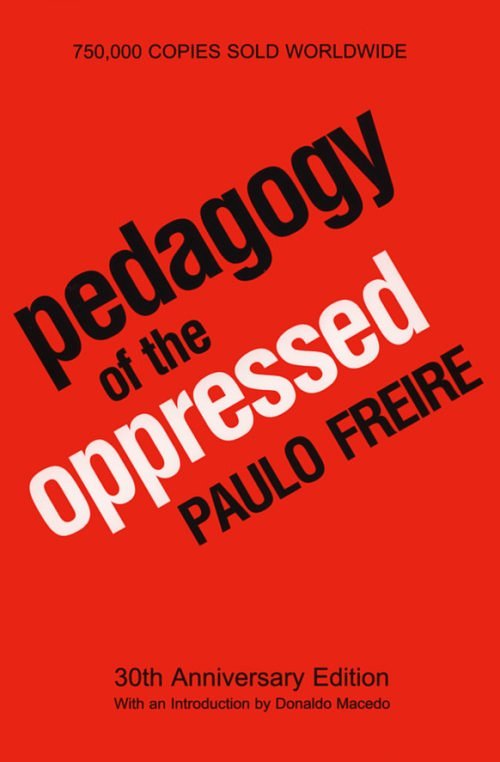Home
Focus Areas
About Us
Arts organizations need philanthropy.
To continue entertaining and educating their communities, these organizations need money beyond what governments supply. Fundraising and gifts support arts institutions, according to Rebecca Gruss, executive director of Valley Art Center in Chagrin Falls, and Annaliese Johns, director of stewardship and donor relations at the Cleveland Museum of Art. Fundraising is essential for the arts, Gruss remarked.
âGovernment support is never enough to sustain an artistic organization.â She said Valley Art Center relies on the Ohio Arts Council and Cuyahoga Arts and Culture, but they don't provide enough cash. âWe fundraise in several ways,â she stated.
âWe have general fundraisers, individual donors, and corporate donors and supporters.â Gruss stated Valley Art Center holds a basket raffle fundraiser annually. âWe have a raffle fundraiser with 21 fantastic prize baskets,â she said.
âIt's a February-long digital fundraiser.â She stated the fundraiser should raise at least $25,000.
The center receives $25,000â$30,000 in annual appeals.
These funds maintain the facility. She added these funds are needed to maintain Valley Art Center programming free and open to the public. âWe're the visual hub in our community, in the Chagrin Valley; and so, through our educational art classes, we create a little community within the community where people come and have amazing experiences both through art education (and) connecting with like-minded people, enjoying the art and learning together,â Gruss said. Johns said the arts unite people more effectively than dialogue. âThe arts help people recuperate physically, mentally, and emotionally,â she remarked.
Museums are safe and soothing. She said arts boost the economy.
Artists have revitalized neighborhoods and provided jobs. Members and contributors attend almost 100 Cleveland Museum of Art events annually.
She said these activities connect students to the museum's âworld-renownedâ collection, âinternationally acclaimedâ exhibitions, and âremarkableâ curators. Johns said these activities include thought-provoking talks, intimate tours, behind-the-scenes investigations of rare places like our cutting-edge conservation labs, and social events like exhibition openings, lavish feasts, and cocktail receptions. She added the museum released a revamped strategic plan in 2022 with five-year goals. âContributed revenue will focus on plan commitments,â she said.
âGuided by the CMA's traditional dedication to artistic excellence, we will magnify the effect of our permanent collection and create new models for the acquisition, exhibition, and interpretation of remarkable works.â She added the museum's fundraising aims are to support this plan and its goals by securing long-term financial resources. âAnother significant priority is exhibition funding, both annual and endowed,â Johns noted.
âWe also intend to greatly expand membership, which supports everything we do at the CMA, including free entry, and energizes our arts community.â
Selected Grant News Headlines
A customized collection of grant news from foundations and the federal government from around the Web.
Foundation: Berrien Community Foundation
Lincoln Township Library will be expanding its new digital lab thanks to a grant from the Berrien Community Foundation.Library Director Joelle Wake tells us they've been awarded a $10,000 For Good...more
Sonoma County youth find their voices through Guitars Not Guns.Students ages 8 to 18 are learning more than just music they're building confidence, resilience, and a connection to something greater...more
XE: Experimental Humanities & Social Engagement at NYU's Graduate School of Arts & Science offers a dynamic Master of Arts in Interdisciplinary Studies for students whose research interests are best...more
Creative Australia has announced the latest recipients of investment through ACF Boost, an innovative matched funding initiative offered through the Australian Cultural Fund (ACF) The investment of...more
Emmanuel Asante was awarded the Early Career Kirk Robson Award for Community Arts and Cultural Development at the 2024 Creative Australia Awards.The award recognised his contribution to running art...more
Foundation: Community Foundation of Northeast Iowa, Fayette County Community Foundation
Fayette County Community Foundation recently awarded over $176,000 to 23 Fayette County organizations and nonprofits for the betterment of their communities.Grants are awarded through...more
James Umble is a two-time winner of the YSU Distinguished Professor in Teaching Award.He will perform a new piece of music written for saxophone and piano by New York City composer and jazz musician...more
Worlds Within Us is a three part writing workshop for people with stories to tell.Each session will be 60 minutes, in three 20 minute slots inclduing the lesson;writing in response to prompts that...more
Clothilde Bullen awarded the Medal of the Order of Australia (OAM) for service to Indigenous arts.Clothilde is currently Manager Art, Culture and Collections at Edith Cowan University, and previously...more
Travis Lohmann started composing music in his early college years, informally- through FL Studio 6.As of 2017, he ventured more into composing music which gets wider usage for more TV usage.He's been...more
Social Entrepreneurship
Spotlight
Why This Book Needs to be Read By Every Social Entrepreneur

Pedagogy of the Oppressed, a 1970s book by author Paulo Freire, envisions a world not as a given reality, but as âa problem to be worked on and solved.â That mentality is often applied to the greatest social entrepreneurs.










